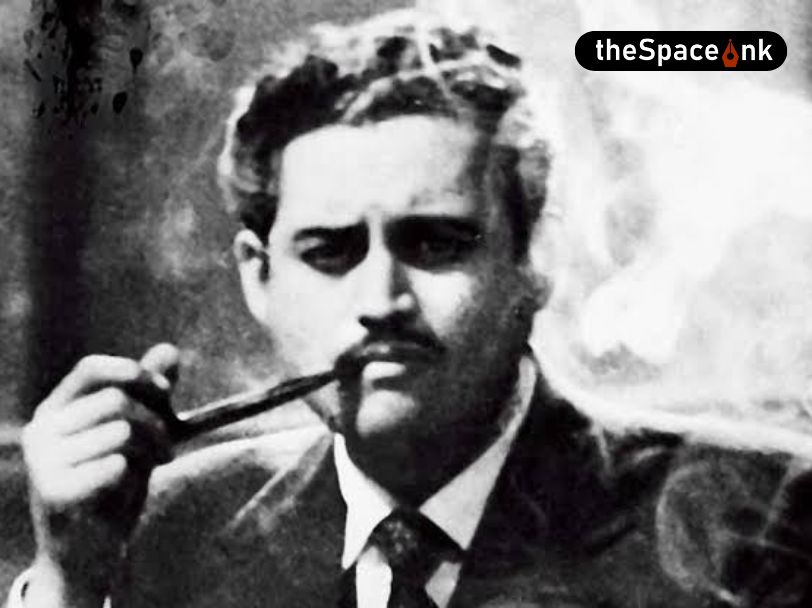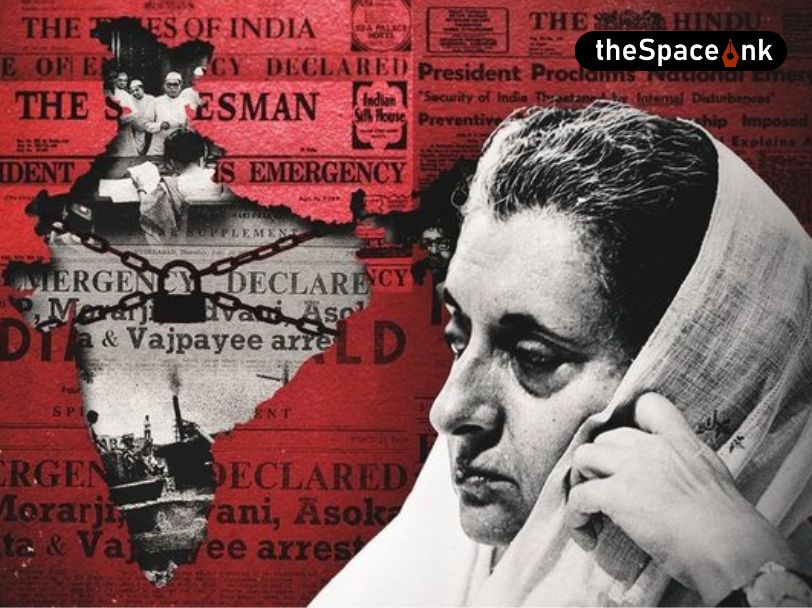When Nawab Wajid Ali Shah ascended the throne of Oudh in 1847, he was 25 years old. But the fate of Oudh or Awadh had been sealed long before his birth in 1764, after the Battle of Buxar. From 1764 to 1856, the year it was finally annexed by the East India Company Oudh fell into gradual decline. On 7th February, 1856 Wajid Ali Shah, the art-loving devout King of Oudh was deposed by the order of Lord Dalhousie. Ousted from his beloved city of Lucknow he spent the remaining years of his life in exile in Calcutta. One of his queens Hazrat Mahal chose to stay back in Lucknow and later led the campaign of 1857 against British forces.
Exiled to Calcutta
The flamboyant king boarded a steamer named General McLeod from Benares and landed in Calcutta in May 1856. The city was then the crown jewel of the empire. Sprawling bungalows lined the river Hooghly in the Garden Reach locality. The Nawab is said to have rented Bungalow 11 for Rupees five hundred a month from Chand Mehtab Bahadur the Maharaja of Burdwan. He eventually purchased the bungalow and two adjacent bungalows to set up what he deemed as his temporary quarters in Calcutta.
Temporary because his initial plan was to travel to England and seek justice from Queen Victoria. Calcutta he thought was just a stopover till he gets back to his beloved Lucknow. Fate of course had other plans.
As his representative queen mother Janab-i’Aliyyah Malika Kishwar, his brother Sikandar Hashmat and son Mirza Hamid Ali Bahadur made the long and strenuous journey to England. However, by the time the Queen Mother set foot in the foreign land, news of the massacre of Lucknow Residency had made its way home. Naturally, public sympathy for the Nawab had plummeted. The royal mission was destined to be a failed one. The unfamiliar climate and unfavourable conditions didn’t help either.
The Queen Mother had to wait for ten months before gaining an audience with Queen Victoria. Eventually she decided to return to India via France. But her health gave way. She breathed her last and remains buried in Marseilles, France.

The Reformist
The very fact that the Nawab’s consort Hazrat Mahal managed to garner such huge support against the British Raj does say a thing or two about the deposed Nawab’s popularity among his subjects. Had the circumstances been different, history would perhaps have hailed him as a great king. He had the qualities of a good administrator notwithstanding his extravagance. He introduced reforms in the justice system by allowing the common citizen to submit his grievances in locked silver boxes the keys to which were held by the king himself.
The Nawab is also known to have introduced several new regiments including competent female fighter squad in his army. But of course such measures were perceived as threats by the East India Company and they were quick to clip his wings. Most reforms introduced by the king were revoked. The Company convinced him that such measures were unnecessary as the law and order of his kingdom was the responsibility of the company military.

The king also introduced reforms in the land revenue system and established direct contact between the cultivators thereby doing away with the contract revenue system. He was also wise enough not to concentrate autocratic powers in his hands and relegated responsibilities to trained officials. In short, the intent was apparent. In his book ‘Lucknow Fire of Grace’ Amaresh Misra writes, “The British were alarmed. They were doubly perplexed by the King’s intention to effect reforms in every sphere. To gauge the people’s mood, complaint boxes were placed near roads. In them, most of the Complainants expressed their satisfaction over the existing judicial system founded over principles of Mohammedan and Hindu Law.”
The King who was known for his devotion of religion was also respectful towards other religions it turns out. He even wrote plays and dance drama based on the many romantic escapades of the Hindu god Krishna.
Dr. G.D. Bhatnagar in ‘Awadh Under Wajid Ali Shah’ points out, “Cast by providence for the role of an accomplished dilettante, he found himself a misfit for the high office to which he was elevated by chance. Wajid Ali Shah’s character was complex. Though he was a man of pleasure, he was neither an unscrupulous knave nor a brainless libertine. He was a lovable and generous gentleman. He was a voluptuary, still he never touched wine, and though sunk in pleasure, he never missed his five daily prayers. It was the literary and artistic attainments of Wajid Ali Shah which distinguished him from his contemporaries.”
The Scandalising King
That the British officials dismissed him as a debauch and libertine is not solely owing to the Company’s urgency to acquire the province’s wealth. It was also the ‘Victorian morality’ that was quite scandalized by the King’s ways. His numerous wives and consorts, his practice of dressing up sometimes as a woman for his plays and dance dramas, his army of eunuchs, at once scandalized and perturbed the British administrators.
The king also introduced reforms in the land revenue system and established direct contact between the cultivators thereby doing away with the contract revenue system. He was also wise enough not to concentrate autocratic powers in his hands and relegated responsibilities to trained officials.
W. H. Sleeman in his ‘Journey through the Kingdom of Oude’ writes, “In November 1846, the King invested eighteen lacs and thirty thousand rupees in Government notes as a provision for his wives and other female relations. The notes were to be made out in their names respectively; and the interest was to be paid to them and their heirs.”The King is said to have more than 300 temporary and permanent wives and some 48 children till he was deposed. Several of them accompanied the king to his exile.

If we were to make a modest assessment of the public sentiment regarding the King we’d have to say, he was not unpopular among his subjects. It comes as little surprise therefore that he was initially put up at Benares and following an overnight change in plans, the Company decided to deport him to Calcutta— far from his people and close to Fort William, the headquarters of the British military. He was offered a monthly stipend of Rupees one lakh and was allowed to create a faux Lucknow of sorts in the Metiabruz locality of Calcutta.

Death Shrouded in Mystery
The Nawab’s death is also shrouded in mystery as some conspiracy theorists believe he was poisoned by one Langra Munshi who was working at the behest of the British. Reportedly he was chased out of Metiabruz on the night of the Nawab’s death but enjoyed a lifelong pension of Rupees five hundred a month from the British. A hundred and thirty five years has passed since. He lies buried in a modest grave inside Sibtainbad Imambara in Metiabruz; remembered solely for his contribution to the arts and for introducing the Awadhi cuisine in the culinary map of Calcutta.
Images courtesy: Wikimedia Commons, Pinterest
Sources:
- ‘Journey through the Kingdom of Oude’, W. H. Sleeman
- ‘Awadh Under Wajid Ali Shah’, G D Bhatnagar
- ‘Lucknow Fire of Grace’, Amaresh Misra
- Scroll.in
- Tornos
- Thecitizen.in
A cynic and an atheist who was raised in an old orthodox town by the river Hooghly, some 40 km from Kolkata. Pallavi eventually took up English literature and completed her studies from the Jadavpur University. Her lifestyle is largely determined by her toddler son and her taste buds. She has few friends. Milan Kundera, music and cinema are some of them.







2 Responses
Brilliantly researched and fluidly written piece
Thank you.